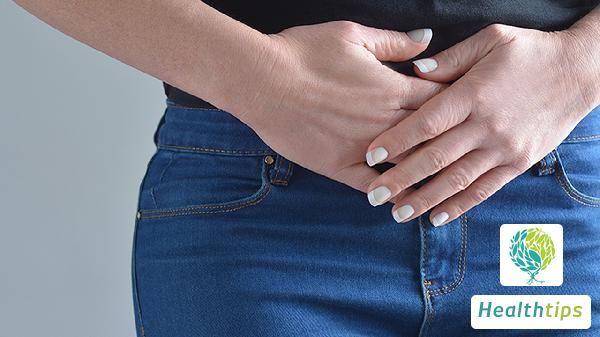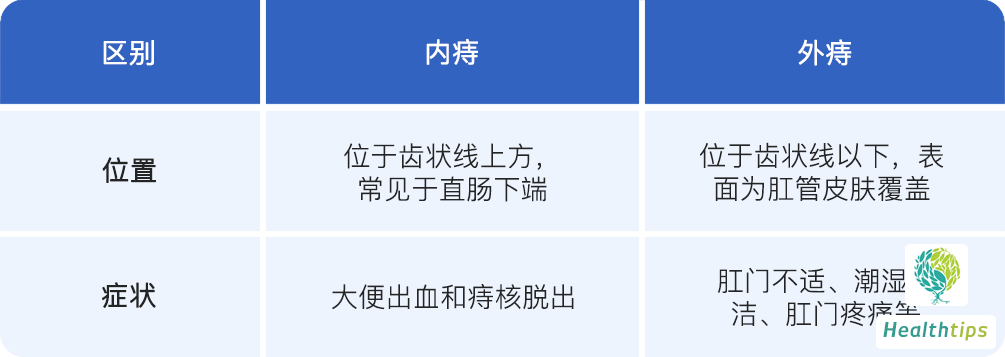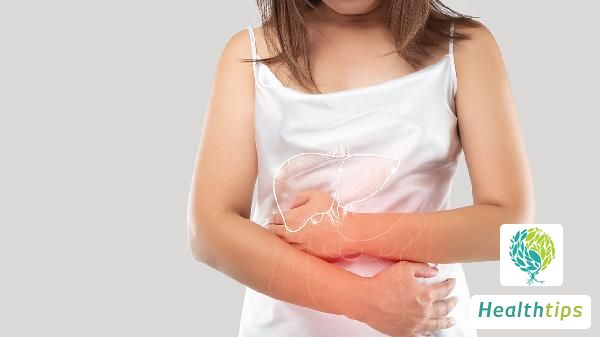What Can Be Eaten to Treat Cervical Adhesions?
Treatment for cervical adhesion requires professional diagnosis and therapy at a hospital. Dietary adjustments can only serve as auxiliary measures and cannot replace medical intervention. Cervical adhesion refers to the adhesion of tissues within the cervix due to various causes, which may affect menstruation and pregnancy. Common causes include surgery, infection, or abnormal tissue repair following uterine cavity procedures. The formation of adhesions may lead to cervical stenosis, obstruction of menstrual blood discharge, and may even result in symptoms such as dysmenorrhea and infertility. In terms of diet, one can choose foods that promote tissue repair and have anti-inflammatory effects, such as fruits rich in vitamin C, dark green vegetables, and fish or soy products rich in high-quality protein. These foods help improve the body's immunity and promote healing. Foods containing Omega-3 fatty acids, such as flaxseeds and walnuts, also help reduce inflammatory responses. During recovery, it is also important to maintain adequate water intake, reduce the intake of spicy and greasy foods that can irritate the body, and maintain good digestive and absorptive functions. If cervical adhesion is diagnosed, medical attention should be sought promptly. Separation of adhesions through hysteroscopy is a common treatment method. Following the surgeon's advice and reasonably adjusting daily routines and dietary habits after surgery can help improve the body's recovery speed and avoid the occurrence of secondary adhesion.




















